Marine reserves and marine-protected areas (MPAs) are vital to ocean health. They prevent (or severely limit) human activities in defined areas, allowing commercially important fish, and other marine life, to increase in diversity and numbers. While we currently only protect 3 percent of the world’s ocean, new marine reserves appear each year. Some existing reserves have been particularly successful in their conservation efforts. Here are our picks for the top five marine reserves and why they’re working so well.
Palau
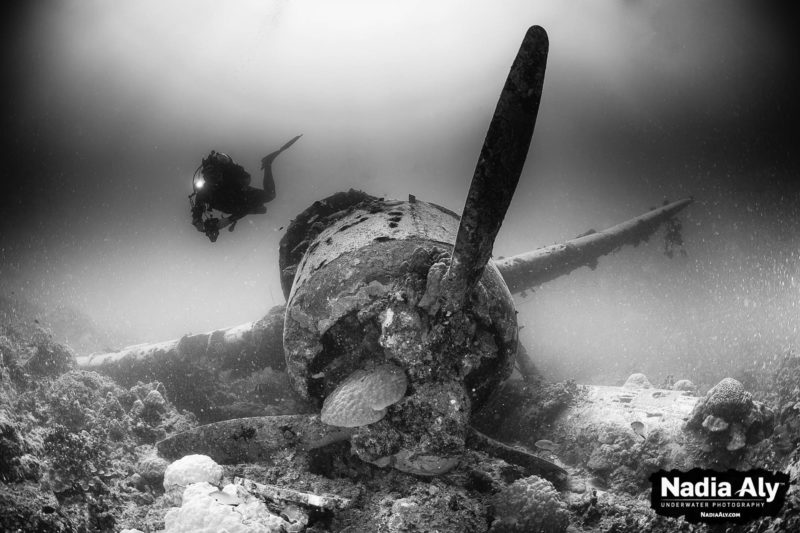 Palau, in the western Pacific Ocean, designated 193,000 square miles (499,868 square km) of its waters as a marine reserve in 2015, banning all fishing and mining activity within the area. With an area larger than California, it became the world’s sixth-largest marine reserve at the time. Palau’s president is committed to increasing the number of fish available to feed local communities. Further, the nation’s economy relies on environmental tourism, so healthy marine life is essential.
Palau, in the western Pacific Ocean, designated 193,000 square miles (499,868 square km) of its waters as a marine reserve in 2015, banning all fishing and mining activity within the area. With an area larger than California, it became the world’s sixth-largest marine reserve at the time. Palau’s president is committed to increasing the number of fish available to feed local communities. Further, the nation’s economy relies on environmental tourism, so healthy marine life is essential.
Palau has no military to enforce the reserve rules; instead, the Council of Chiefs placed certain reefs off limits to fishing. The local communities have a strong conservation culture, which was also key to the reserve’s success. A 2017 study demonstrated that the protected waters near Palau’s populated areas have twice the number of resource fish, and five times the number of predatory fish, as unprotected waters.
Pitcairn Islands
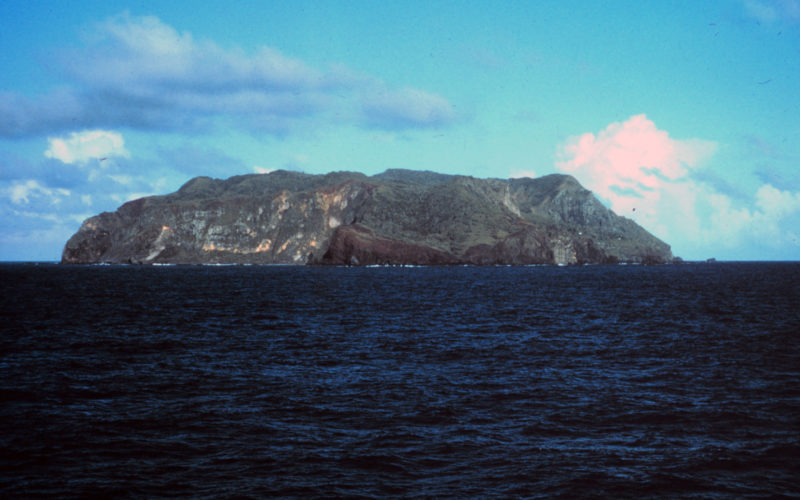 The Pew Charitable Trusts’ Global Ocean Legacy project has worked with Pitcairn Islanders since 2011 to establish a marine reserve in their remote southern Pacific Ocean waters. The project came to fruition in March 2015, when the U.K. government announced the Pitcairn Islands Marine Reserve. The reserve covers 320,465 square miles (830,000 square km) and is more than three times the size of the United Kingdom. Locals can fish coastal areas for sustenance, but the reserve disallows all commercial fishing. The reserve is home to more than 1,200 species of marine mammals, seabirds and fish.
The Pew Charitable Trusts’ Global Ocean Legacy project has worked with Pitcairn Islanders since 2011 to establish a marine reserve in their remote southern Pacific Ocean waters. The project came to fruition in March 2015, when the U.K. government announced the Pitcairn Islands Marine Reserve. The reserve covers 320,465 square miles (830,000 square km) and is more than three times the size of the United Kingdom. Locals can fish coastal areas for sustenance, but the reserve disallows all commercial fishing. The reserve is home to more than 1,200 species of marine mammals, seabirds and fish.
The remote location makes enforcing the reserve rules challenging and potentially expensive. Administrators have used new technologies to monitor the area for illegal fishing and develop the reserve’s enforcement plan, including Project Eyes on the Sea, a low-cost integrated platform. It analyzes fishing-vessel behavior in the area remotely and is being used to develop long-term surveillance plans for the reserve. The project not only confirmed that the Pitcairn Islands has a low level of illegal activity in its waters, but also paved the way for new, inexpensive surveillance techniques for use in marine reserves worldwide.
Cabo Pulmo, Mexico
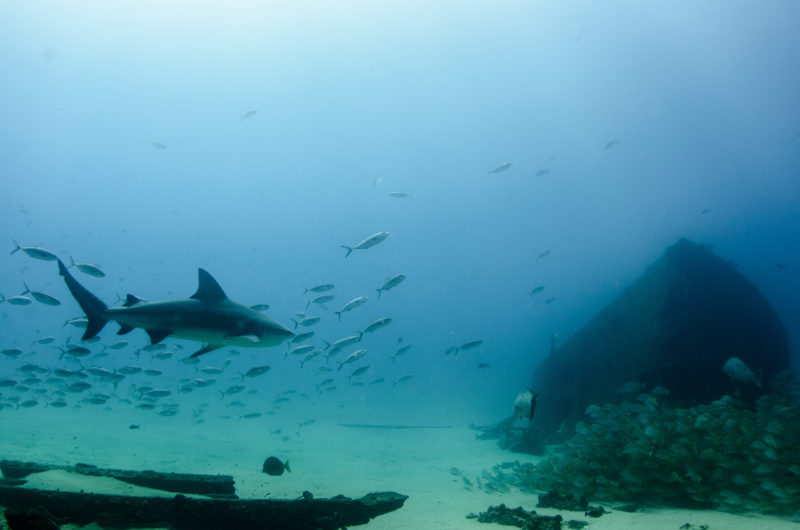 Local fishermen were instrumental in starting Cabo Pulmo National Marine Park on the east coast of the Baja California Peninsula. Designated as protected in June 1995, the park is home to a 20,000-year-old coral reef; the oldest of only three on the west coast of North America and the most northern in the east Pacific.
Local fishermen were instrumental in starting Cabo Pulmo National Marine Park on the east coast of the Baja California Peninsula. Designated as protected in June 1995, the park is home to a 20,000-year-old coral reef; the oldest of only three on the west coast of North America and the most northern in the east Pacific.
Although they’d heavily fished the area for years, local fishermen began to realize that they had to go further and further from shore to catch fish. The community decided to take the fate of the area into their own hands and moved from fishing economy to scuba diving and tourism. Local communities supported this move from fishing to sustainable ecotourism, and the area soon became a no-take zone. Following the action of the locals, the Mexican government designated the area as a marine reserve. It also became a UNESCO World Heritage Site.
The marine life biomass increased by more than 400 percent from 2000 to 2010 and continues to flourish. Work continues to protect this unique environment, as proposals for nearby coastal developments threaten the reef.
Poor Knights Islands, New Zealand
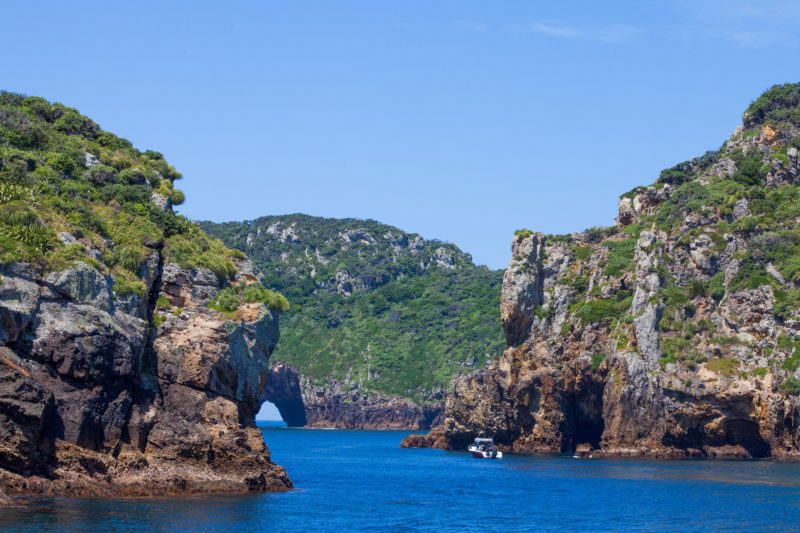 New Zealand has 37 marine reserves, including the Poor Knight Islands. This group of islands features a unique marine ecosystem with both endemic marine plants and animals as well as tropical species. The islands became New Zealand’s second reserve in 1981 thanks to this diversity and abundance of marine life. The reserve also has cultural importance, serving once as the home of an ancient people, the Ngātiwai.
New Zealand has 37 marine reserves, including the Poor Knight Islands. This group of islands features a unique marine ecosystem with both endemic marine plants and animals as well as tropical species. The islands became New Zealand’s second reserve in 1981 thanks to this diversity and abundance of marine life. The reserve also has cultural importance, serving once as the home of an ancient people, the Ngātiwai.
All fishing is prohibited in the reserve, as is landing on the islands and taking or disturbing any marine life. Penalties range from imprisonment to vessel seizure and large fines. Strict enforcement of the regulations and best environmental practices by tourism companies have successfully created a reserve rich with abundant marine life.
Ross Sea, Antarctica
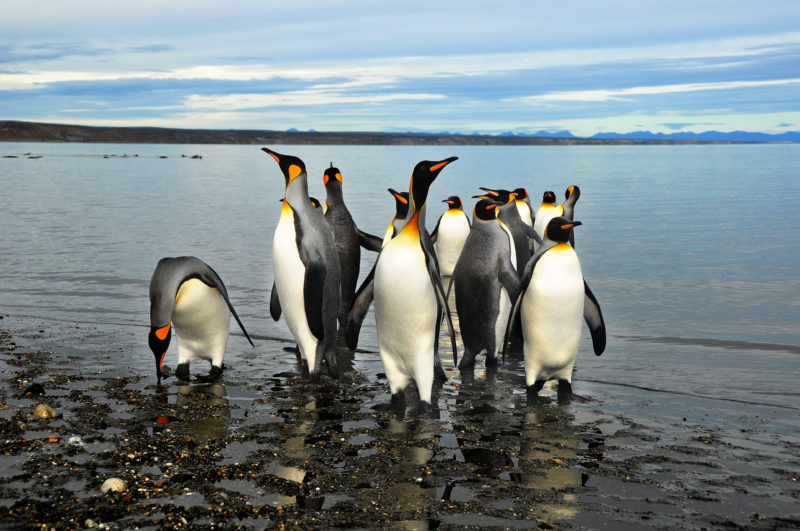 The Ross Sea Marine Protected Area became the world’s largest marine reserve when it received international protection in October 2016. It covers 598,000 square miles (1.5 million square km) off the coast of Antarctica. It came about through the unanimous decision of 24 countries, including New Zealand, the United States and European Union. Environmental groups, scientists and countries had campaigned for protection of the Ross Sea for decades.
The Ross Sea Marine Protected Area became the world’s largest marine reserve when it received international protection in October 2016. It covers 598,000 square miles (1.5 million square km) off the coast of Antarctica. It came about through the unanimous decision of 24 countries, including New Zealand, the United States and European Union. Environmental groups, scientists and countries had campaigned for protection of the Ross Sea for decades.
The Ross Sea, or “Last Ocean,” is mostly untouched by humans and has not been heavily fished or affected greatly by shipping pressures. The waters are the Antarctic’s most productive and contain over 16,000 species, including emperor penguins, leopard seals and various species of whale. There will be no fishing in the reserve as of December 1, 2017. This new reserve is a great example of how the world can cooperate to protect our last remaining wilderness areas.

